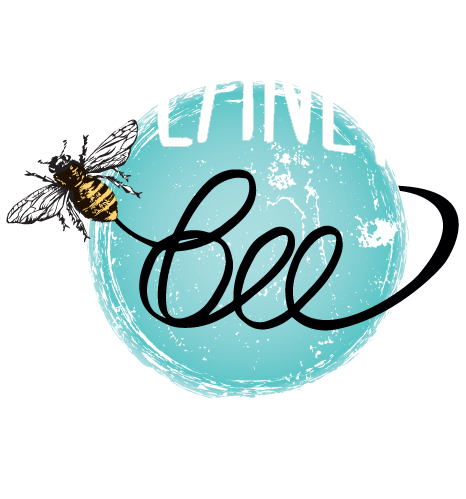
Did you know that bees have existed for 130 million years? Many plants depend on bees for pollination in order to make seeds and reproduce. When bees collect nectar and pollen from plants, pollen from the male anther of a flower sticks to their body and rubs off onto the female stigma of the next flower they visit. Before insects and pollinators like bees evolved, pollination occurred through the wind. which scattered the pollen from the plants, hopefully landing on other flowers that could reproduce. In order to increase the chance of pollination, plants had to produce a lot of pollen, because 99.99% of it would likely be wasted.
Insects became the first pollinators when they began to eat the excess pollen and carried it from plant to plant while searching for food, facilitating reproduction in plants. This was the beginning of a symbiotic relationship between pollinators and flowers in which bees benefit from pollen for food and flowers benefit from cross-pollination. In order to attract insects, plants evolved elaborate patterns, shapes, bright colors, and fragrances. Flowers in the ultraviolet light range attract more bees because they cannot see the color red. Flowers make pollination more efficient by changing color at different stages of development, therefore, attracting pollinators when they are needed most. Fragrant flowers attract pollinators over long distances, and flowers that have a sweet or minty scent are prioritized by bees. We can thank bees for beautiful and fragrant flowers!

In order to attract even more pollinators, some flowers started producing sugar-rich nectar, and bees co-evolved to specialize in gathering nectar and pollen. Over millions of years, bees have adapted to feed on flowers in different ways, resulting in over 20,000 different species of bees today! Many species evolved hairs that pick up pollen from flowers and transport it to pollinate others. For example, honeybees and bumblebees evolved to have special hairs that form pollen ‘baskets,’ or corbicula, on their hind legs that can store pollen. Leafcutter bees store pollen in dense hairs on their underbelly, making them appear to have yellow bellies.
More recently in evolutionary history, humans have been beekeeping for over 9,000 years. Evidence of our early relationship with bees can be found in cave paintings of honeycombs and traces of honey found on bits of ancient pottery in places like North Africa, the Balkan Peninsula, and England. Honey was likely a rare source of sweetness in prehistoric people’s diets. Now we rely on bees for far more than honey, as they pollinate one out of every three bites of food we eat!

Sources
********************
Written by Sophie Roberts, Paige Aldenberg, and Clara Pitsker


Comments